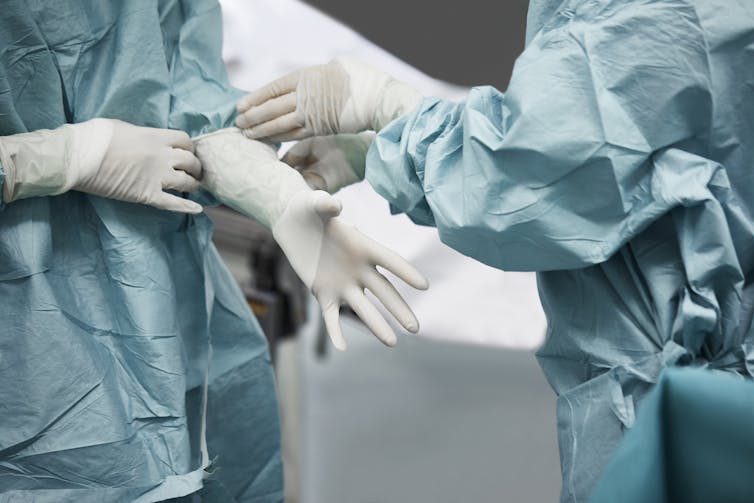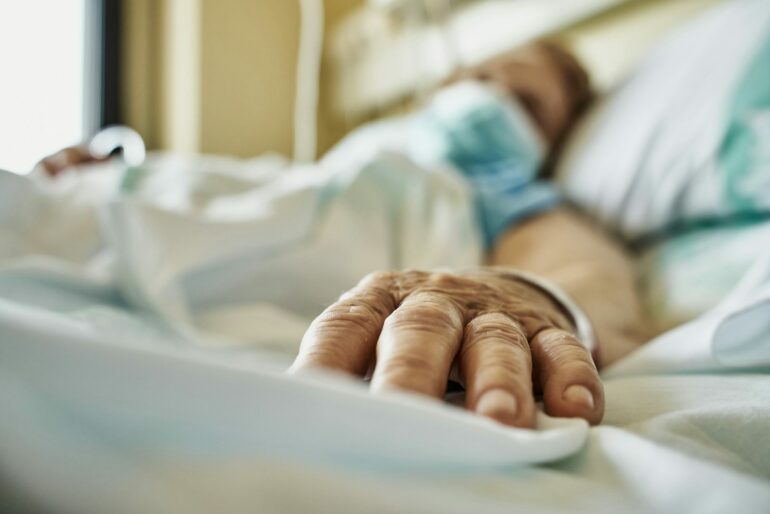Health care providers and patients have traditionally thought that infections patients get while in the hospital are caused by superbugs they’re exposed to while they’re in a medical facility. Genetic data from the bacteria causing these infections – think CSI for E. coli – tells another story: Most health care-associated infections are caused by previously harmless bacteria that patients already had on their bodies before they even entered the hospital.
Research comparing bacteria in the microbiome – those colonizing our noses, skin and other areas of the body – with the bacteria that cause pneumonia, diarrhea, bloodstream infections and surgical site infections shows that the bacteria living innocuously on our own bodies when we’re healthy are most often responsible for these bad infections when we’re sick.
Our newly published research in Science Translational Medicine adds to the growing number of studies supporting this idea. We show that many surgical site infections after spinal surgery are caused by microbes that are already on the patient’s skin.
Surgical infections are a persistent problem
Among the different types of heath care-associated infections, surgical site infections stand out as particularly problematic. A 2013 study found that surgical site infections contribute the most to the annual costs of hospital-acquired infections, totaling over 33% of the US$9.8 billion spent annually. Surgical site infections are also a significant cause of hospital readmission and death after surgery.
In our work as clinicians at Harborview Medical Center at the University of Washington – yes, the one in Seattle that “Grey’s Anatomy” was supposedly based on – we’ve seen how hospitals go to extraordinary lengths to prevent these infections. These include sterilizing all surgical equipment, using ultraviolet light to clean the operating room, following strict protocols for surgical attire and monitoring airflow within the operating room.

Hospitals follow strict protocols to prevent infections resulting from surgical procedures.
Morsa Images/DigitalVision via Getty Images
Still, surgical site infections occur following about 1 in 30 procedures, typically with no explanation. While rates of many other medical complications have shown steady improvement over time, data from the Agency for Healthcare Research and Quality and the Centers for Disease Control and Prevention show that the problem of surgical site infection is not getting better.
In fact, because administering antibiotics during surgery is a cornerstone of infection prevention, the global rise of antibiotic resistance is forecast to increase infection rates following surgery.
BYOB (Bring your own bacteria)
As a team of physician-scientists with expertise including critical care, infectious diseases, laboratory medicine, microbiology, pharmacy, orthopedics and neurosurgery, we wanted to better understand…



